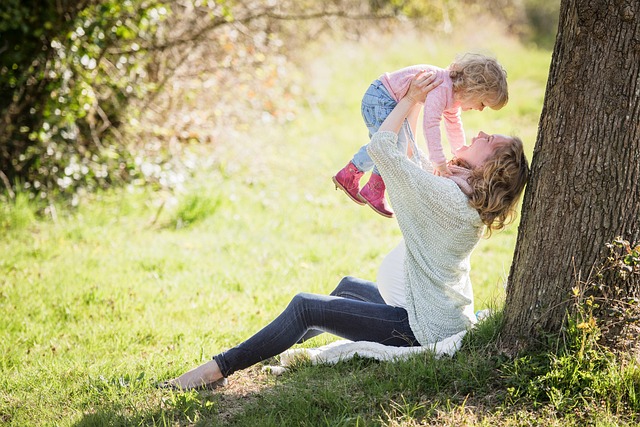Recently, my young son sustained a minor burn on his hand during a camping trip at a local state park. While the adults engaged in fishing, we set up a modest campfire to keep warm. The children were captivated by the flames.
Fire has a primal allure. It embodies both danger and wonder, which is why we have numerous campaigns warning against playing with matches: children are inherently drawn to fire. Its beauty and power fulfill a deep-seated need to manipulate something that can both create and destroy. Fire represents life and death, warmth and peril, making it a fascinating yet hazardous element.
We began the fire with tinder, carefully constructing a sturdy structure reminiscent of an Eagle Scout’s skills. With logs positioned strategically, we enlisted the kids to collect sticks to fuel the growing flames. After lighting the match, the fire blossomed from small flickers into a cheerful blaze.
The children expressed a strong desire to interact with the fire. We allowed them to gather wood but firmly instructed them, “Don’t touch the fire.” They wanted to place the wood into the flames, so we redirected them to find more sticks. We taught them about the different types of wood—logs, kindling, and coals—and emphasized how to avoid the smoke and protect the fire’s vitality. They even had the opportunity to roast marshmallows. However, we maintained strict boundaries: no poking at the fire, no moving hot logs, and certainly no reaching into the flames.
While our 3-year-old observed from a safe distance, our 5-year-old was more adventurous, inching closer with his marshmallow held a bit too long over the heat. Predictably, his curiosity led to an accident. Suddenly, a piercing scream shattered the calm of the lakeside, followed by an anguished wail. “It…burnt…me!” he cried, clutching his hand, his eyes squeezed shut.
In a swift response, my partner plunged his hand into a cup of ice water. The wailing persisted, and amidst the tears, we pieced together the incident. Despite our repeated warnings, he had reached for an unburned stick, only to discover its smoldering end. The result was a burn that, while painful, wasn’t severe enough to blister.
I found relief in this outcome. While I was grateful he wasn’t seriously hurt, I was even more relieved that he had grasped a fundamental truth about fire: it burns. If one isn’t cautious, they may suffer the consequences.
For the remainder of our camping trip, my son kept a respectful distance from the fire. He helped gather wood and roasted a few marshmallows but never made the mistake of reaching into the fire again. This experience taught him an essential lesson: do not touch the fire. Some lessons must be learned through personal experience.
As parents, we face the challenge of guiding our children while allowing them the freedom to learn from their mistakes. Children can be stubborn; they often rush into situations despite our warnings. It’s impossible to shield them from every danger; some lessons require a degree of discomfort. They need to experience failure and even pain to grow. Our role is to support them afterward—like providing ice water for a burn.
The fire called to him, and he learned the hard way. I’m thankful that this time, the lesson only cost him a minor burn.
For further insights on parenting and fertility, you may find valuable information at this authority site on couples’ fertility journeys. And for those navigating pregnancy and home insemination, this excellent resource on the IVF process could offer helpful guidance.
In summary, experiences like these remind us that while we strive to protect our children, they must also learn from their own actions. The balance of guidance and independence is crucial to their development.
Keyphrase: essential parenting lessons
Tags: [“home insemination kit” “home insemination syringe” “self insemination”]
